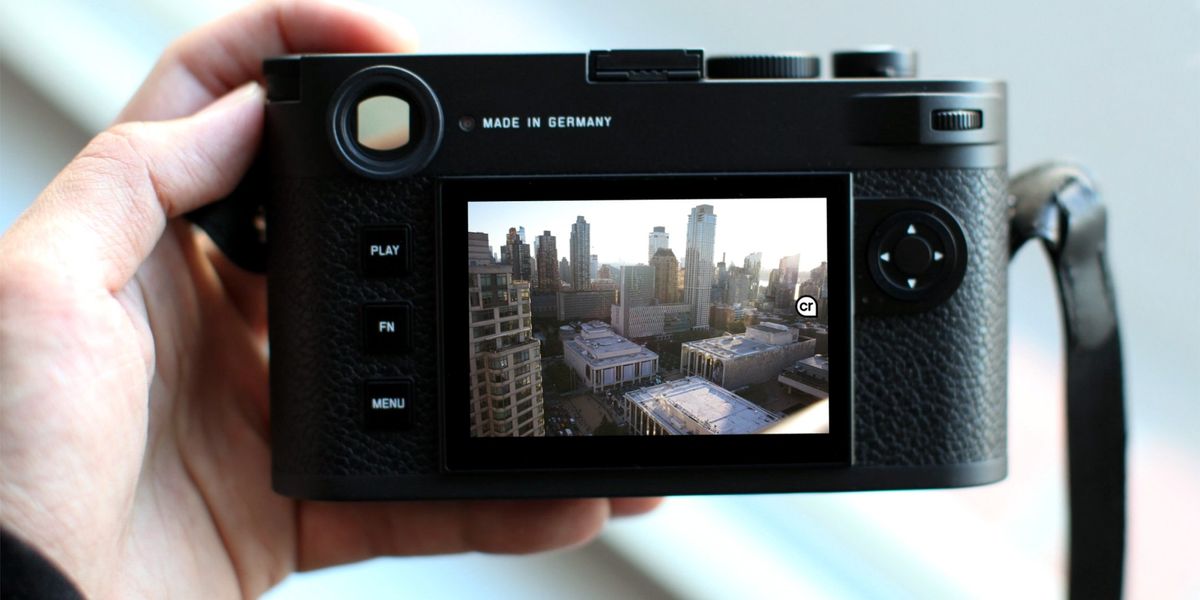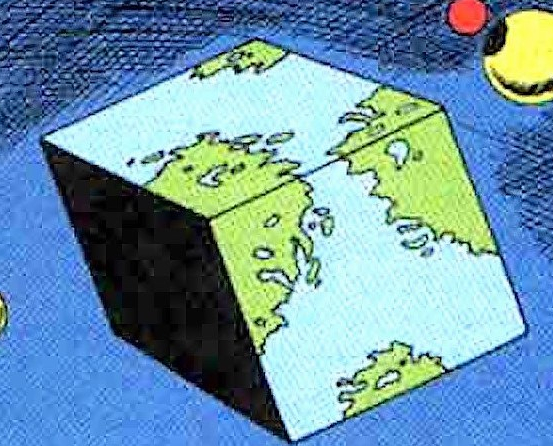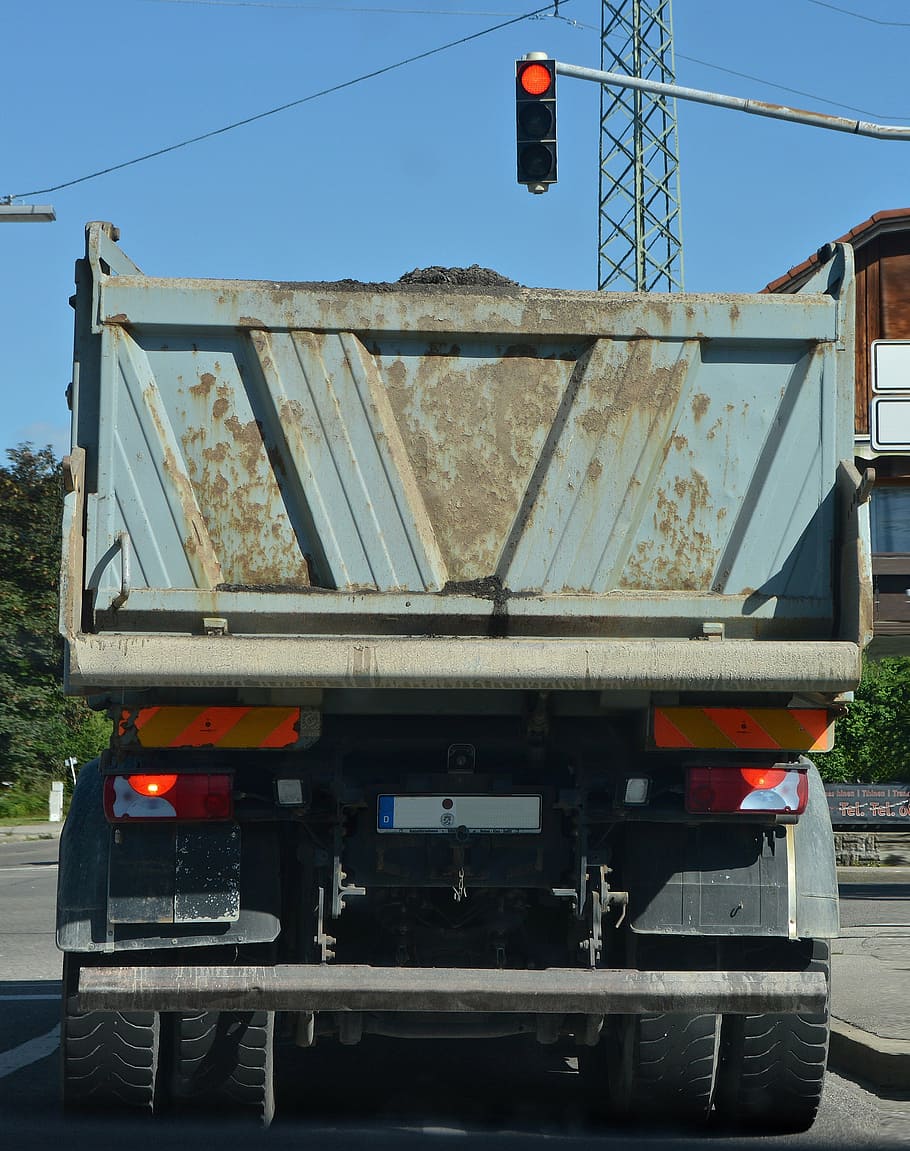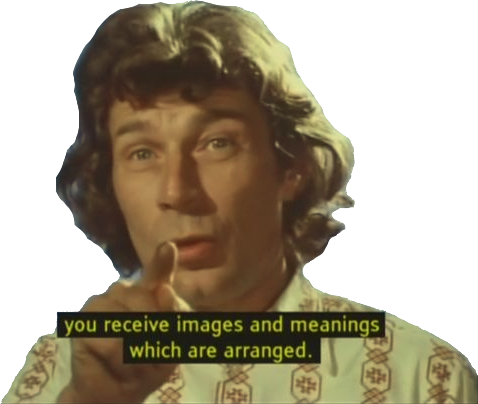This is tilting at windmills. If someone has physical possession of a piece of hardware, you should assume that it’s been compromised down to the silicon, no matter what clever tricks they’ve tried to stymie hackers with. Also, the analog hole will always exist. Just generate a deepfake and then take a picture of it.
You have it backwards. This is not too stop fake photos, despite the awful headline. It’s to attempt to provide a chain of custody and attestation. “I trust tom only takes real photos, and I can see this thing came from Tom”
And Tom’s camera gets hacked by an evil maid and then where are you? Exactly. This is snake oil.
If only I knew how to create my own firmware for Leica… then I could call the same crypto-chip and sign any picture I’d like. (Oh wait! There’s a github for hacking Leica M8 firmware!)
I think this is probably great for specific forensic work and similar but the problem with deepfakes isn’t that people can’t determine their veracity. The problem is that people see a picture online and don’t bother to even check. We have news sources that care about being accurate and trustworthy yet people just choose to ignore them and believe what they want.
So basically I would just have to screenshot the image or export it to a new file type that doesn’t support their fancy encryption and then I can do whatever I want with the photo?
The point is that they can show anybody interested the original with the signature from the camera.
The problem is that you can likely attack the camera’s security chip to sign any photo, as internally the photo would come from the cmos without any signing and the camera would sign it before writing it to storage.
Just like stealing an NFT.
You wouldn’t download a car
i would probably download a cock and suck it
It’s signed, not encrypted. Think of it as a chain of custody mark. The original photo was signed by person X, and then edited by news source Y. The validity of that chain can be verified, and the reliability judged based on that.
Effectively it ties the veracity and accuracy of the photo to a few given parties. E.g. a photo from a known good war photographer, edited under the “New Your Times” newspaper’s licence would carry a lot more weight than a random unsigned photo found online, or one published by a random online rag print.
You can break the chain, but not fake the chain.
“that it’s a true representation of what someone saw.”
Someone please correct me if I’m wrong but photography has never ever ever been a “true” representation of what you took a picture of.
Photography is right up there with statistics in its potential for “true” information to be used to draw misleading or false conclusions. I predict that a picture with this technology may carry along with it the authority to impose a reality that’s actually not true by pointing to this built-in encryption to say “see? the picture is real” when the deception was actually carried out by the framing or timing of the picture, as has been done often throughout history.
You’re talking about “the whole truth”. If the whole is true, then all of the parts are true, so photographing only a subset of the truth (framing) is still true. If a series of events are true, then each event is true, so taking a picture at a certain time (timing) is also true.
Photos capture real photons that were present at real scenes and turn them into grids of pixels. Real photographs are all “true”. Photoshop and AI don’t need photons and can generate pixels from nothing.
That’s what is being said.
Nah, lying by omission can still tell a totally wrong narrative. Sometimes it has to be the whole truth to be the truth.
You’d make a bad programmer or mathematician.
Well… Mathematicians would agree with me
Nope
Your position assumes also that no photos can be staged. That’s a whole category of “true” photos that tell a false narrative.
Neither of us were talking about that. Not in your original comment, and not in my reply. Obviously, I was arguing against your original comment.
I said nothing about staged photos, and bringing that up and saying it’s part of my argument is intellectual dishonesty.
As I understand it, it’s a digital signature scheme where the raw image is signed at the camera, and modifications in compliant software are signed as well. So it’s not so much “this picture is 100% real, no backsies”. Nor is it “We know all the things done to this picture”, as I doubt people who modify these photos want us to know what they are modifying.
So it’s more like “This picture has been modified, like all pictures are, but we can prove how many times it was touched, and who touched it”. They might even be able to prove when all that stuff happened.
Even that doesn’t do much to prove the image is an authentic representation of anything. People have been staging photos for as long as there have been photos, and no camera can guard against that.
Everyone talking about hacking the firmware to extract the private key
Me just taking a photo of the deepfake
Ctrl + F “Blockchain”
… Oh?
Well that’s a suprise, a system that actually is comperable to block chain in a different medium doesn’t plaster it everywhere. We’ve certainly seen more use over much much less relevance.
Neat tech. Hope it catches on.
And where do you see any resemblance to a blockchain?
From the article it is just cryptographic signing - once by the camera with its built-in key and once on changes by the CAI tool which has its own key.
Maybe I am misunderstanding here, but what is going to stop anyone from just editing the photo anyway? There will still be a valid certificate attached. You can change the metadata to match the cert details. So… ??
I don’t know about this specific product but in general a digital signature is generated based on the content being signed, so any change to the content will make the signature invalid. It’s the whole point of using a signature.
I was too tired to investigate further last night. That is the case here, sections of data are hashed and used to create the certs:
https://c2pa.org/specifications/specifications/1.3/specs/C2PA_Specification.html#_hard_bindings
Which means that there isn’t a way to edit the photo and have the cert match, and also no way to compress or change the file encoding without invalidating the cert.
so it’s for jpeg shooters, basically. unfortunately the leica bodies aren’t really known for producing good jpegs.
I’m not expert in encryption, but I think you could store a key in the device that encrypts the hash, then that encrypted hash is verified by Leica servers?
Informacam has a similar “chain of custody” goal but was developed for existing devices. Guardian Project was involved with CameraV, the android version for mobile devices. It looks like Proofmode is now the active project & it’s available for ios as well as android. https://proofmode.org/
Damn $9,000?
It is a Leica.
Yeah. In eurotrip a dork got a BJ just for owning a Leica.
You mean young Ben shapiro
I don’t think that was him. https://m.imdb.com/name/nm5458588/
Also, WTF is he just cranking trash out?
Alt-Right Bluey will always make me laugh.
What a pathetic person.
Not literally him lol, just looks like him. And yeah, you expect a grifter to make quality media?
Do they really have literally nothing except being contrarians? https://m.imdb.com/title/tt8052768/?ref_=nm_flmg_t_3_prd
This is cool and all. But I am more concerned about finding a way to prevent my images from being scraped for AI training.
Something like an imperceptible gray grid over the image that would throw off the AI training, and not force people to use certain browsers / apps.
This is awesome, thanks for sharing!
After reading I think it perceptively alters the image, but I’m definitely going to play around with it and see what’s possible.
Beware, this is made by Ben Zhao, the University of Chicago professor who stole open source code for his last data poisoning scheme.
Ah, DRM for your photos.
Great.
Not at all. From what I understand of this article, it wouldn’t stop you from doing anything you wanted with the image. It just generates a signed certificate at the moment the picture is taken that authenticates that that particular image existed at that particular time. You can copy the image if you like.
Forgive the cynicism, but: free, for now.
What happens when the company decides all of a sudden to lock the service behind a subscription pay wall?
Do you still maintain rights to your photos when you use this service?
This is an adorable show of optimism.
🙄
Digital signatures are not nefarious. Quit freaking out about things just because you don’t understand them.
This isn’t DRM. I can’t believe you have so many upvotes for such blatant FUD.
I was wondering when crypto content would become a thing like this.










